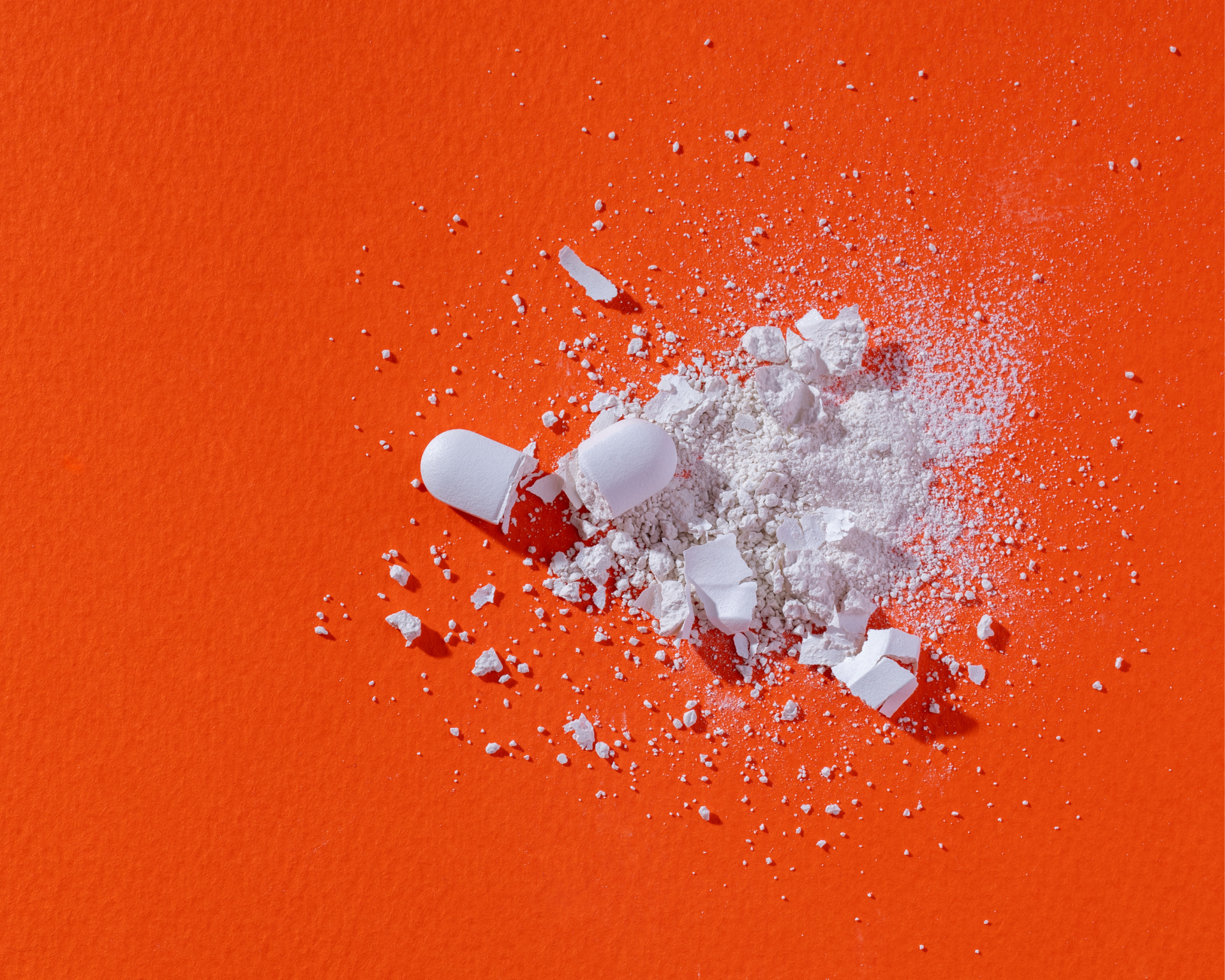The Unequal Toll of America’s Overdose Epidemic
While overdose deaths have increased across the board since 1999, the surge has hit Black, Native, and Hispanic communities the hardest.

Read Time: 2 minutes
Published:
In cities, suburbs, and rural towns across America, the overdose crisis has become a grim fixture of daily life. In 2021, more Americans died from drug overdoses than from car crashes and gun violence combined. Behind the headlines is a deeper story. The overdose epidemic is not simply about drugs. Its toll is unequal.
A new national study led by Dr. M. Kumi Smith reveals a growing racial divide in overdose deaths. From 1999 to 2022, overdose mortality increased across all racial and ethnic groups, but the surge hit Black, Native American, and Hispanic/Latino communities the hardest, as shown in the graph below. Across two decades of CDC data, overdose deaths increased 249% for Black Americans, 166% for Native Americans, and 172% for Hispanic or Latino Americans. For White Americans, the increase was 57%.

While fentanyl and polyuse are driving the trend, the roots run deeper. Polyuse (the combined use of opioids and stimulants) greatly increases overdose risk. Stimulants mask opioid sedation, leading people to take more. When the stimulant wears off, the opioid can cause immediate harm. Because street drugs vary in strength and purity, each dose carries unpredictable risks.
Long-term housing inequities, community disinvestment, and limited access to quality health care create conditions where drug use becomes a coping strategy. These structural factors shape drug use, making it easier to start and harder to quit, and reducing the chances of surviving an overdose.
Public health experts point to harm reduction: scale up naloxone distribution, make fentanyl test strips and drug checking widely available, and expand access to medications like buprenorphine and methadone through low-threshold programs. Pair these with mobile outreach and same-day starts so people can enter care when ready. Beyond immediate steps, policies that expand Medicaid and fund stable housing may address the structural drivers that worsen risk.
Taken together, harm reduction and practical access to treatment can save lives and narrow racial divides by targeting the systems that shape who survives and who does not.



